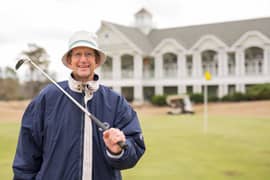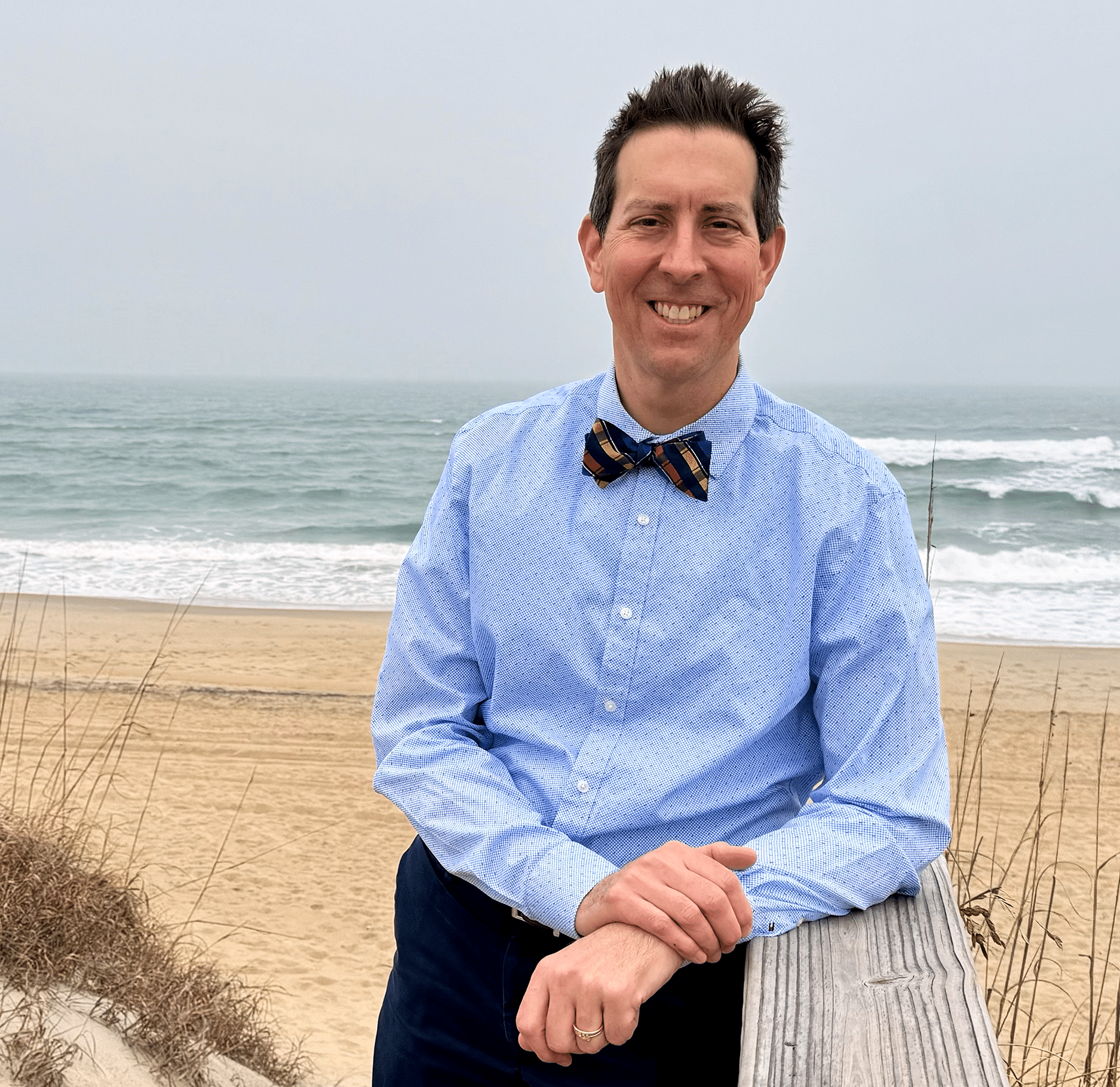For most who live on the Outer Banks, Hurricane Hermine is remembered for the record flooding. Nags Head resident Len Schoenfeld remembers it for another reason. It was the Friday of Labor Day weekend and Schoenfeld was out weeding. “That’s my therapy away from golf,” joked the recent retiree. He was about to finish up when he felt something prick his left thumb. While he didn’t think much of the very small injury, he did clean and bandage it Friday evening.
After Hurricane Hermine came and went, Schoenfeld decided to do some clean-up and empty the storm drains where the storm water had pooled. When his daughter’s family arrived Saturday evening, Schoenfeld noticed that his thumb had become red and sensitive to the touch. So his wife Joanne helped him clean the area and apply antibacterial ointment along with another bandage on Saturday evening.
However, when his young granddaughter ran into his room to wake him Sunday morning, they noticed that Schoenfeld’s thumb had become swollen and seriously discolored. “It just came alive overnight,” recalled Schoenfeld, “and it became progressively worse during the day.” So husband and wife made a trip to The Outer Banks Hospital Urgent Care Center Sunday afternoon where an X-ray was taken, bloodwork was pulled, and antibiotics were injected.
Despite standard treatment, the injury didn’t respond. The Schoenfelds made a second trip to Urgent Care on Labor Day where they were promptly directed to The Outer Banks Hospital Emergency Room. The thumb was very swollen and turning black and a red line had appeared from the thumb to the armpit.
After an initial evaluation, emergency medicine physician Dr. Jeffrey Ray brought in OBH hospitalist Dr. Christine Petzing for a second opinion. Petzing immediately ordered an MRI, and after review, prescribed two antibiotics. Petzing had seen this type of infection before and knew time was of the essence. The physicians consulted and communicated with the family that Schoenfeld should be seen by an infectious disease specialist and a hand surgeon. Agreement was instant, and transfer arrangements were quickly put into motion so that Schoenfeld could be easily admitted to the emergency room at Chesapeake Regional Healthcare (CRHC) in Chesapeake, VA.
When Schoenfeld arrived at CRHC, he was met by Dr. David Pitrolo and infectious disease specialist Dr. Sushma Singh. A call had already gone out to hand specialist Dr. Robert Schnarrs, who was in the know even before the patient arrived in Chesapeake. “It was like a well-oiled machine,” noted Schoenfeld. “They made every minute count.” Which was critical in this patient’s case: the diagnosis was necrotizing faesciitis or, as it’s more commonly known, a flesh-eating bacteria.
“They knew we were coming. The communication between The Outer Banks Hospital and Chesapeake Regional is amazing,” said Schoenfeld’s wife. “We’re so fortunate to have such great healthcare right here in our community and to know that we are strongly connected with even more medical resources to the north and west”, she added.
Schnarrs later commended Petzing’s decision to immediately administer the intravenous antibiotic and transfer the patient. “That was clutch,” noted Schoenfeld. “We’re just so grateful to Dr. Petzing and the staff at OBH.”
Five days later, Schoenfeld was released from CRHC. After six weeks, he claims to be about 75 percent back to his old self. That old self is someone who is an avid golfer. He’s picked up a club or two recently and tried a few shots. “Maybe next week, I’ll be able to hit it a little longer”, he joked. “I should be back to 100 percent by the end of the year.” When asked what lessons he learned from the experience, Schoenfeld smiled, leaned in and whispered, “Wear gloves when you do yard work.”




